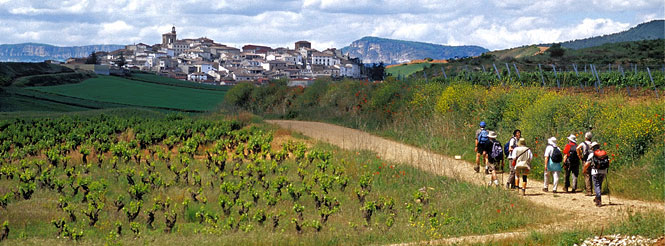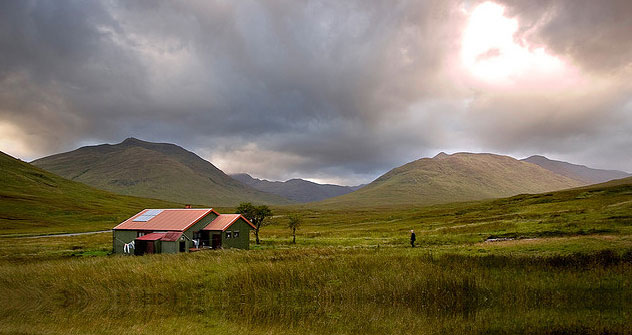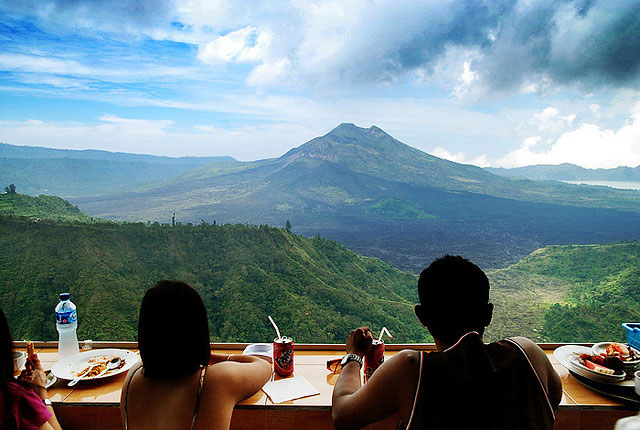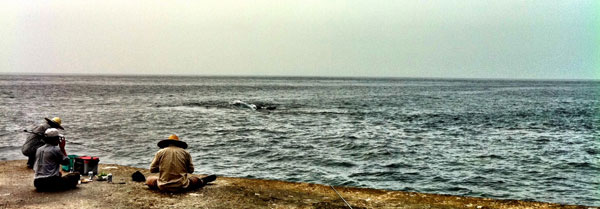A Walking Guide to Santiago de Compostela (Way of St. James)

- SPONSOR -
One of the most important Christian pilgrimages during medieval times, the Way of St. James was declared the first European Culture Route by the Council of Europe in 1987, and the city itself is now a UNESCO World Heritage Site.
The pilgrimage to Santiago has never ceased since, legend has it, the remains of the apostle St. James were found there in the 9th century, and the Way of St. James is such a major pilgrimage route it is today likened to those in Rome and Jerusalem.
Roman Trade Route
Originally a trade route in Roman times, and known as the Milky Way by early travellers, the Way of St. James sees countless thousands of pilgrims and adventurers set out every year, travelling by foot or bicycle towards Santiago de Compostela.
Some travel by donkey or on horseback as those in medieval times would have done, and many are hikers who tackle the route simply as a challenge, and for the experience of walking for weeks or months through unknown territory.
Others consider it a spiritual journey, and a retreat from the relentless pressures of modern life.
Many start out from towns including Saint-Jean-Pied-de-Port or Somport in France, and Roncesvalles across the Spanish border – a distance of some 800 kilometres – or the lesser 108 kilometres from Tui, Galicia. But anyone can join in anywhere, following the camino through the stunning landscape and earning a compostela certificate of accomplishment by walking a minimum of 100 kilometres or by cycling 200 kilometres.
Inexpensive Accomodation
Hostels along the common routes provide accommodation – in Spanish known as refugios – for those who hold a credencial, which can be purchased for a few euros from a Spanish tourist agency, and which gives access to inexpensive and sometimes even free overnight stays along the trail. The credential is also necessary to obtain the compostela certificate of completion.
So, with careful planning, some decent waterproof clothing – Galicia is known for its often inclement weather! – and of course a tough pair of walking shoes or hiking boots, you can follow in the footsteps of those who have travelled the Camino de Santiago for the last thousand years.
- Be inspired by the film with Martin Sheen and Emilio Estevez, who star in The Way, based on a father and son’s poignant journey on the Way of St. James, which premiered in Santiago in 2010.
-Subscribe to get free updates via RSS or email, follow us on Twitter or find us on Facebook-







